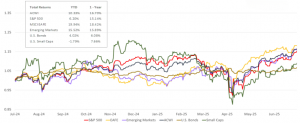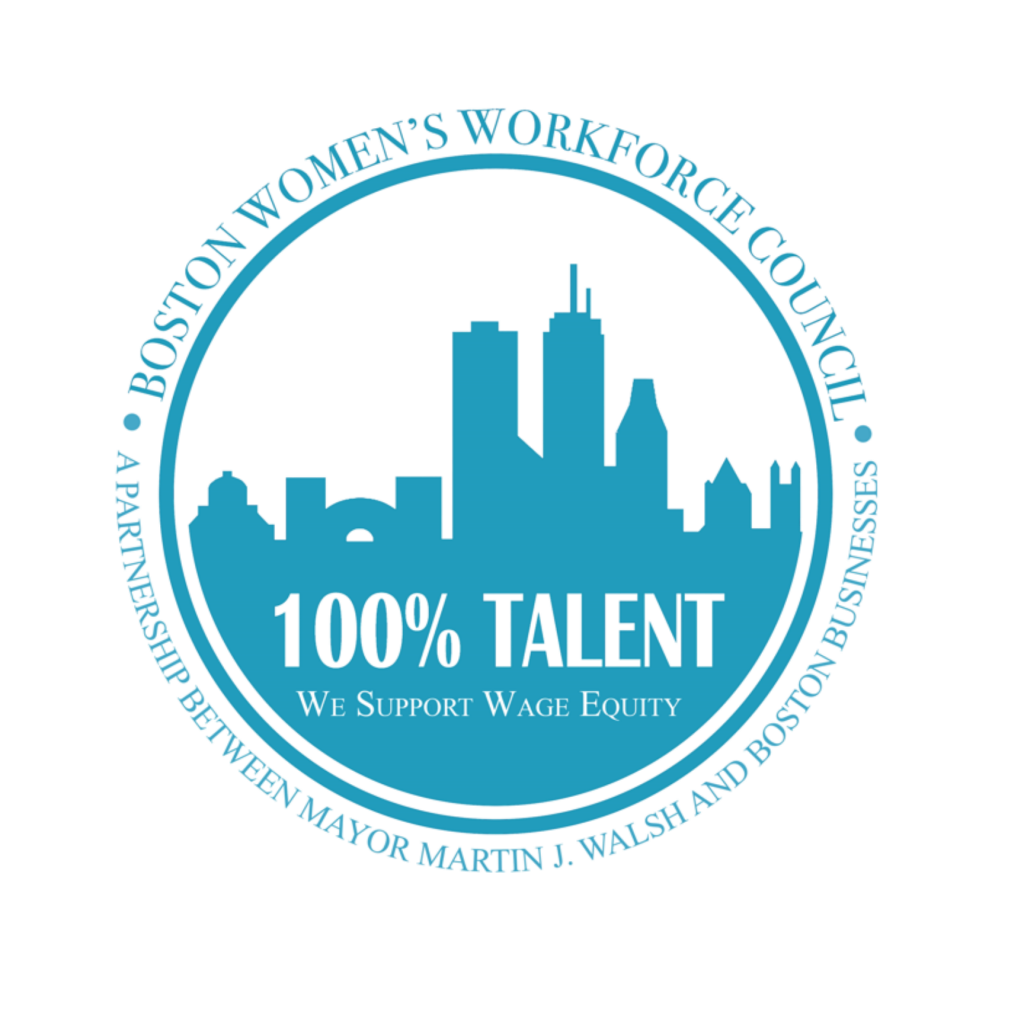July 9th was previously announced as end of the three-month pause on April’s Liberation Day tariffs, which were poised to send tariff rates to much higher levels. That date was also the deadline for the U.S. and the European Union to negotiate a new trade deal or else a 50% tariff on EU imports will be triggered. Recent statements by President Trump and Treasury Secretary Scott Bessent confirm that the US pushed the date to August 1st. Regardless of whether that new deadline is met, tariff policy and the global trading system will remain in flux for some time to come.
The equity market response to the initial tariff announcement in early April was severe with the S&P 500 dropping approximately 12% in the following week. In the wake of the announcement of the 90-day pause, and subsequent progress with US-China negotiations, the S&P 500 recovered and climbed to new highs. Unfortunately, the road to trade deals with 90 countries has many speed bumps.
The on again/off again application of the tariffs has given US importers time to front load purchases, which is likely to help spread the impacts to US consumers over time. However, it is important to appreciate that this stockpiling merely buffers price increases, it does not prevent them.
Due to the prolonged pause, there are those who believe that warnings about the impact of large tariffs were overstated because we haven’t seen it thus far. This is akin to being in an airplane and turning to your seatmate to declare “This is the smoothest flight I’ve ever had! No turbulence!” without realizing that your flight was delayed and your plane is still on the tarmac.
Investors should bear in mind that a reoriented tariff policy isn’t just a tremor but rather a trigger for a seismic shift in global trade. Restructuring global supply chains, shifting workforces, as well as building or retooling factories is a process that will take years. In the interim, companies will be faced with the choice to either increase prices to consumers or absorb costs and therefore, be less profitable. The reality is that even with tariff agreements, tariffs will be meaningfully higher than they were in the past and we must consider the investment environment of this new, more protectionist, global order.
The takeaway: As companies seek to adapt, investors will benefit from having a flexible framework when thinking about how and where they should invest. Public U.S. equity markets remain attractive, but there are opportunities overseas as well as in alternative assets.
Capital Markets
Equity markets rose broadly in June. Global equity markets, as measured by the MSCI All Country World Index (ACWI) rose by 4.53%. The S&P 500 hit record highs, rising by 5.08% for the month. US Small and Mid Caps, as measured by the Russell 2000, have been volatile this year but posted a 5.43% gain. Market strength was not confined to domestic markets. Developed International equity markets, measured by the EAFE, rose 2.22%. A weaker US Dollar helped Emerging Market Equities to see the largest move: a rise of 6.12%. Even bonds were in the black for the month with a 1.54% gain in the Bloomberg US Agg Bond Index.

Source: Bloomberg. EAFE is MSCI EAFE Index(1), Emerging Markets is MSCI Emerging Markets(2) and U.S. Bonds is Barclays U.S. Aggregate(3). ACWI is the MSCI ACWI Index(4). Small Caps is the Russell 2000 Index(5). S&P 500 is the S&P 500 Index(6). The above information is as of 06/30/2025.
We continue to focus on investing for the long term while remaining sensitive to potential short-term opportunities and risks. We encourage you to reach out to your Crestwood Advisor with any questions or concerns you may have. If you are not yet working with a Crestwood Advisor, we invite you to schedule some time to discuss how Crestwood works with individuals and families like yours to help them achieve their wealth goals.
This document contains forward-looking statements, predictions and forecasts (“forward-looking statements”) concerning our beliefs and opinions in respect of the future. Forward-looking statements necessarily involve risks and uncertainties, and undue reliance should not be placed on them. There can be no assurance that forward-looking statements will prove to be accurate, and actual results and future events could differ materially from those anticipated in such statements.




